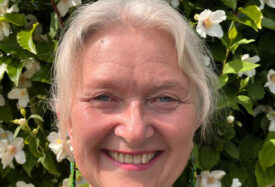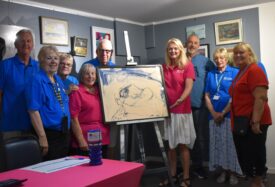Nursing at Pilgrims: What it has meant to lead through a pandemic
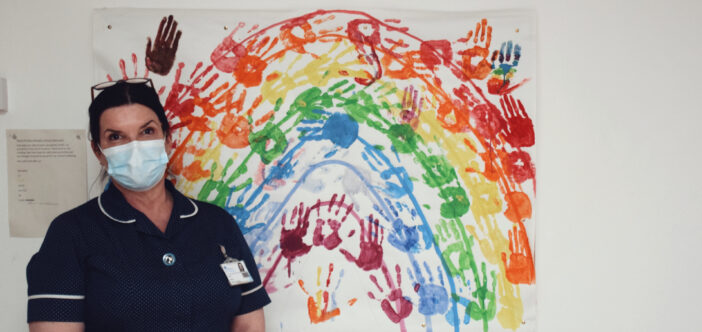
To celebrate Nurses’ Day 2021, we spoke to Kate White, Head of Nursing at Pilgrims Hospices, about how she and her team have risen to the challenges posed by COVID-19.
Although it has been a difficult year, Pilgrims nurses have continued to provide vital, compassionate and holistic end-of-life care to people across east Kent. The pandemic has also provided opportunities to strengthen nursing practices, which will have a lasting, positive impact on future hospice care.
How have nursing practices and patient care at Pilgrims changed since the COVID-19 pandemic began?
The pandemic has brought infection control and prevention into sharp focus. The care we give at Pilgrims has remained at the highest standard, but having to wear personal protective equipment (PPE) requires us to take more time preparing to give care rather than being able to be spontaneous.
At the start of the pandemic the policies, procedures and systems that we’re so accustomed to were changing rapidly, sometimes several times a day. It was often hard to keep up, but Pilgrims staff embraced what was needed and continued to provide excellent patient-centred care.
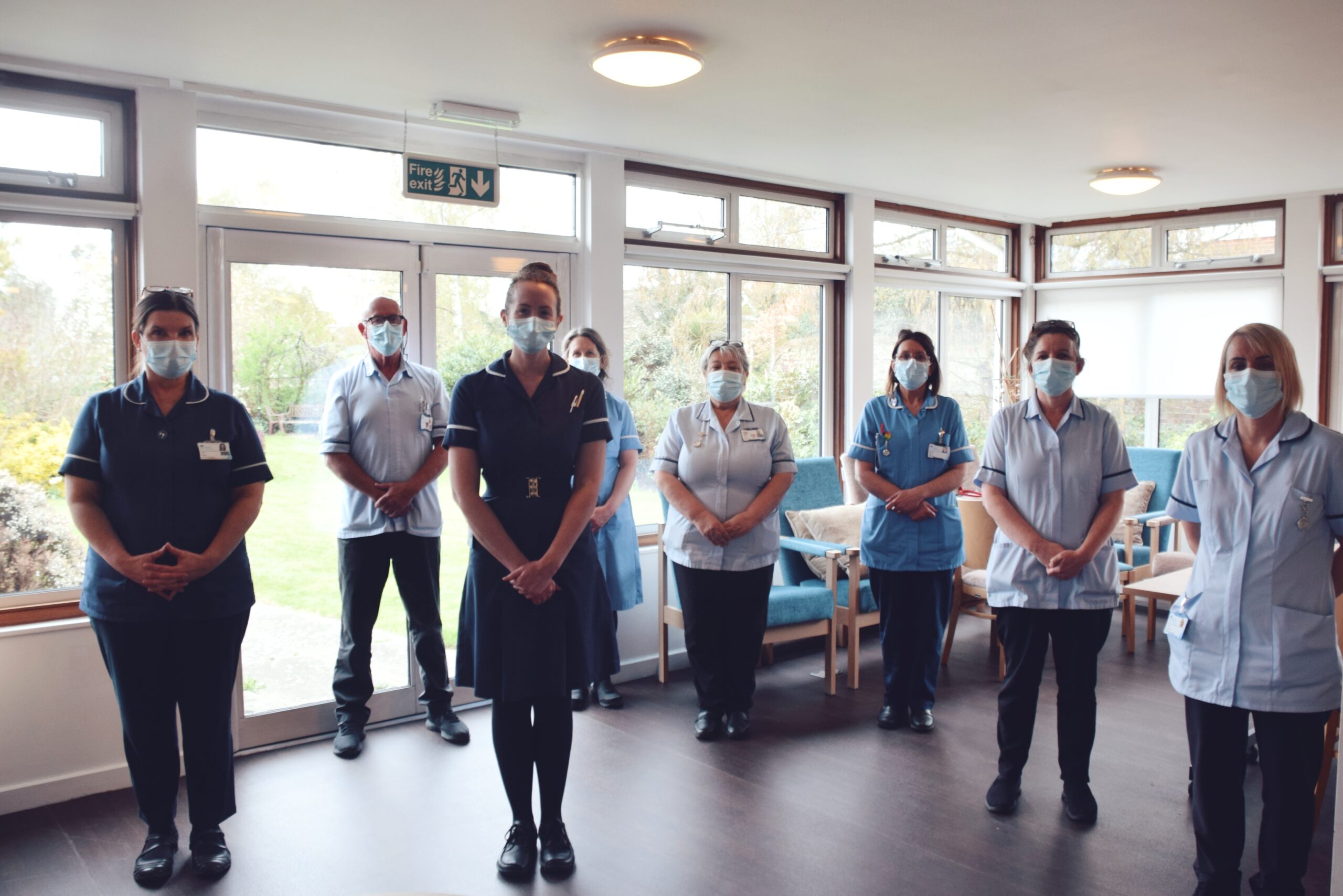
What have been some of the challenges presented by COVID-19 and how have Pilgrims nurses overcome them?
The biggest challenges relate to our everyday communication; talking to patients whilst wearing a mask takes away the personal touch and the non-verbal communication a smile can convey. Our community team had to adapt to talking to patients over the phone rather than face-to-face visiting. This can be very difficult for both patients and staff, especially when discussing sensitive issues; it doesn’t come naturally to everyone, does it?
Nothing will ever replace the closeness of a loved one, but we have tried to offer reassurance and comfort in these very difficult times.Kate
We also had to find other ways of communicating with relatives, as our visitors policy restricted who could come into the hospices in order to ensure we safeguarded our extremely vulnerable patients and our staff, who were keeping hospice services going. It has been very distressing for so many, but we have used technology to bridge the gap and help enable people to keep in touch.
We’ve also used the Matching Hearts project, where the patient has one crocheted heart and we give the other to the family to try to help them feel connected.
Nothing will ever replace the closeness of a loved one, but we have tried to offer reassurance and comfort in these very difficult times.
Have any positives come out of the pandemic?
As a team we’ve proved our ability to change at a rapid pace when required, to find new and inventive ways of working.
Those of us who have been in healthcare for a long time have never experienced such a coming together of so many providers, and this has had a lasting and positive impact on patient care and service delivery.Kate
There has also been some brilliant collaborating with our healthcare colleagues in the wider community including East Kent Hospitals University NHS Foundation Trust, Kent Community Trust, Kent County Council and primary care services. We shared issues around capacity, PPE supplies and staffing, plus anything else we were able to help each other with. It also provided a chance to update everyone on our current situation; we called in every day, seven days a week, to ensure our patients had the best care and our staff had the best support. Pilgrims was the only charity to join this call, and from this we became involved in supporting nursing homes by teaching their staff how to use PPE.
Those of us who have been in healthcare for a long time have never experienced such a coming together of so many providers, and this has had a lasting and positive impact on patient care and service delivery.
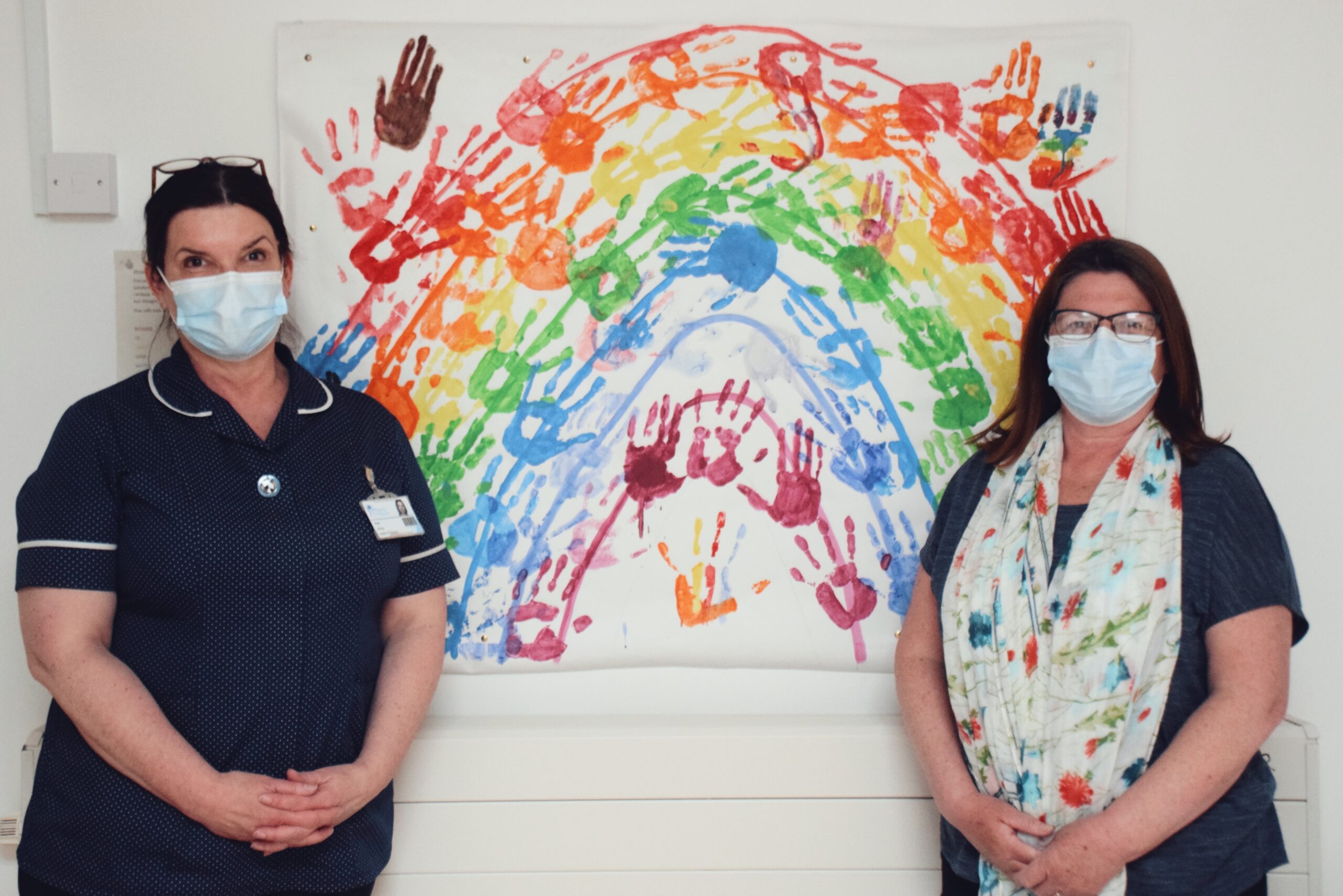
What does a post-COVID-19 future look like at Pilgrims, and how will Pilgrims nurses lead patient care within it?
We’re told that the pandemic will be around for a while yet, so we will continue to provide the best infection control and prevention we can. Our infection control team, led with the expertise and dedication of nurse Debbie Todd, will ensure we are kept up to date with all current guidelines and practices. I have no doubt we will continue to deliver high quality, holistic care to our patients and their families, whatever the situation is, to the best of our ability.

